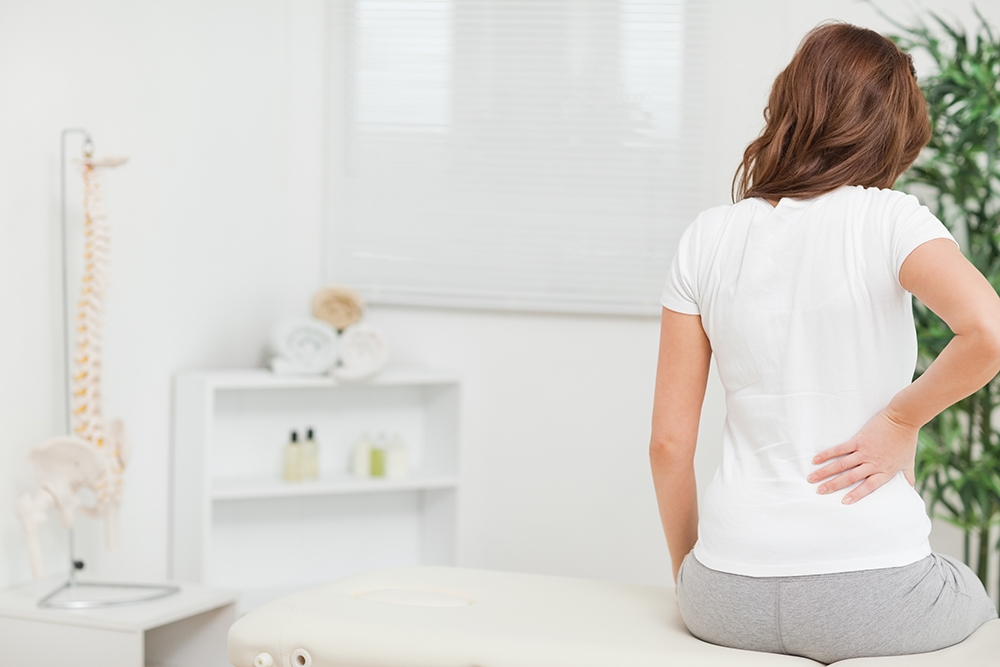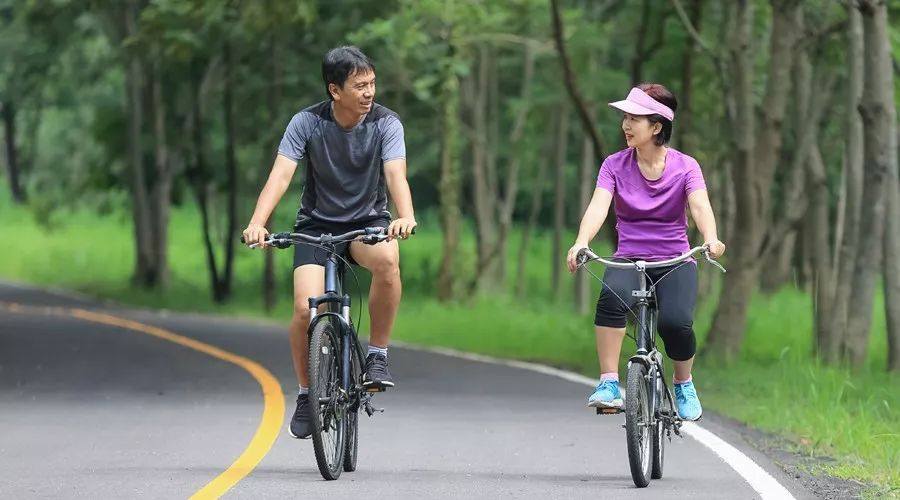
Among the middle-aged and the elderly, there will always be a hot topic: waist soreness and backache.
The last time I came to dance, when I squatted down and stood up, my waist felt a sharp pain. I had a rest for more than half a month and was not well.
I accidentally sprained my foot while running last month, and now I still feel a little painful when walking. I am really old.
Don’t say running, tai chi is slow enough, I can flash my waist when I play tai chi.
Do you know? Always waist soreness and foot pain, may be your osteoporosis.
Don’t get me wrong, osteoporosis is not the patent of the elderly.
In fact, osteoporosis is not the [patent] of the elderly, and the following 7 categories of people are also [favored] [1]:
1. People who lack exercise for a long time: It will affect the deposition of calcium and other minerals in bones.
2. People with low sex hormones: Lack of estrogen and androgen will lead to osteoporosis. Menopausal and menopausal women should pay special attention.
3. People who have little chance to bask in the sun: Lack of light will affect the synthesis of vitamin D, thus affecting calcium metabolism.
4. People with poor nutrition and low dietary calcium intake: directly lead to insufficient raw materials for bone synthesis.
5. People who smoke and drink too much: affect the absorption and utilization of calcium in human body.
6. People who take glucocorticoid drugs for a long time: affect calcium absorption and deposition.
7. Pregnant women and lactating women and other special groups: If there is a special period [calcium deficiency], osteoporosis may occur more easily in the future.
How can good bone be loose?
Bones have their own metabolic system: every day some bone tissues are dissolved and destroyed, and new bone tissues will be generated. The old and the new alternate, and the two are balanced, so that bones are healthy. Once the balance is broken-the old goes too much and the new comes too little, the bone starts to loosen.
The factors that affect this balance include sex hormone level, protein, calcium and vitamin D intake, and exercise.

Osteoporosis, what will happen?
Bones are like the pillars of the human body. Once osteoporosis occurs, just like a large number of small holes appear in the cement inside the pier, they will be very fragile, and there will be a risk of collapse (fracture) if there is any movement.
Osteoporosis is severe in the elderly, even a sneeze can cause fractures. Upper limb fractures can seriously affect the quality of life, while spinal and lower limb fractures often lead to high mortality due to serious complications. [1]
Take hip fractures often caused by osteoporosis as an example. Many patients will die within one year due to complications such as lung infection, bedsore and lower limb thrombosis. Therefore, hip fractures are terribly called “the last fracture in life”.
Why are women more prone to osteoporosis than men?
The survey shows that one in five women over 50 years old in our country has osteoporosis, which is much higher than that of men. This difference is even more prominent when people are over 60 years old. [2]
The main reason for the significant increase in the incidence of osteoporosis in women is the sudden decrease of estrogen, a protective sex hormone, during menopause.
In the cycle of continuous destruction, reconstruction, re-destruction and re-reconstruction of bone, estrogen has the effect of inhibiting the destruction of bone. When estrogen decreases, the inhibition is weakened, and the destruction exceeds the reconstruction, resulting in bone loss and osteoporosis.
Preventing osteoporosis is actually doing two things well.

Two things are enough to prevent osteoporosis.
1. Maximize peak bone mass
The total amount of bone in the human body will change with age, reaching the maximum value in one’s life (i.e. Peak bone mass) at the age of 30-35, and then it is difficult to increase again, so what we need to do is to increase our peak bone mass as much as possible before this age arrives.
Step 2 Minimize bone loss
After reaching the peak bone mass, bone will inevitably slowly lose, which will lead to osteoporosis when the loss reaches a certain level. What we have to do at this time is to slow down the rate of bone loss as much as possible.
What should we do?
Step 1 Exercise moderately
Many people think osteoporosis is easy to ache and fall, so they should move less. In fact, this is a mistake.
Exercise can give proper pressure to bones, maintain the content of calcium salts and other minerals in bones, and improve the strength of bones. It can also increase muscle strength, improve body coordination, reduce the risk of falls, and reduce the occurrence of accidents such as fractures. [1]
Step 2 Increase sunlight exposure
Vitamin D plays a key role in the absorption and utilization of calcium by human body.
The content of vitamin D in natural food is very low, which cannot meet the needs of human body at all, and ultraviolet rays in sunlight can convert cholesterol under skin into vitamin D, making up for this deficiency. [1]
Step 3: Change bad eating habits
Quitting smoking, abstaining from alcohol and avoiding excessive drinking of coffee, strong tea and carbonated drinks are all factors that affect calcium metabolism in the body.
Step 4: Eat a balanced diet
Obtaining balanced nutrition is one of the key measures to prevent osteoporosis. Special attention should be paid to the need to take in sufficient calcium and vitamin D every day.
It is suggested that the recommended daily calcium intake for adults is 800 mg, and that for people aged 50 and above is 1 000 ~ 1 200 mg [3]. However, the daily calcium intake of Chinese residents through diet is only 400 mg, and about 500 ~ 600 mg of additional calcium is needed every day.
